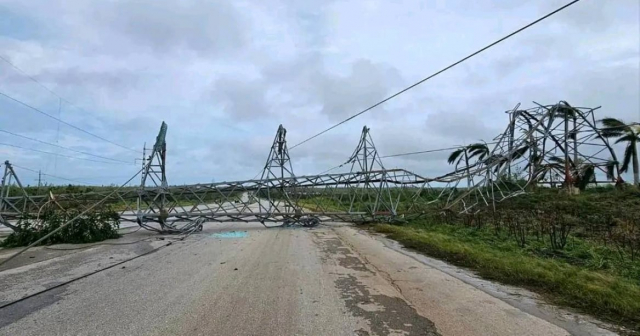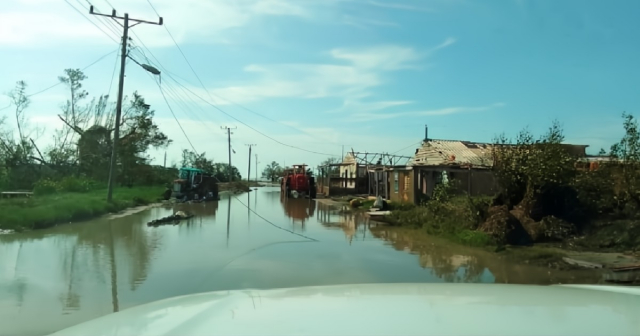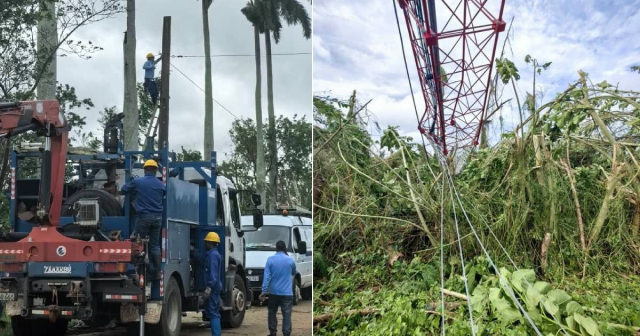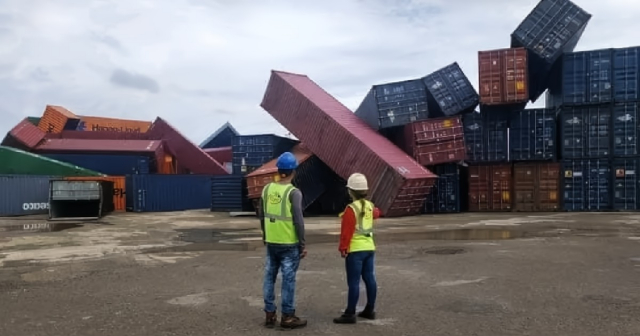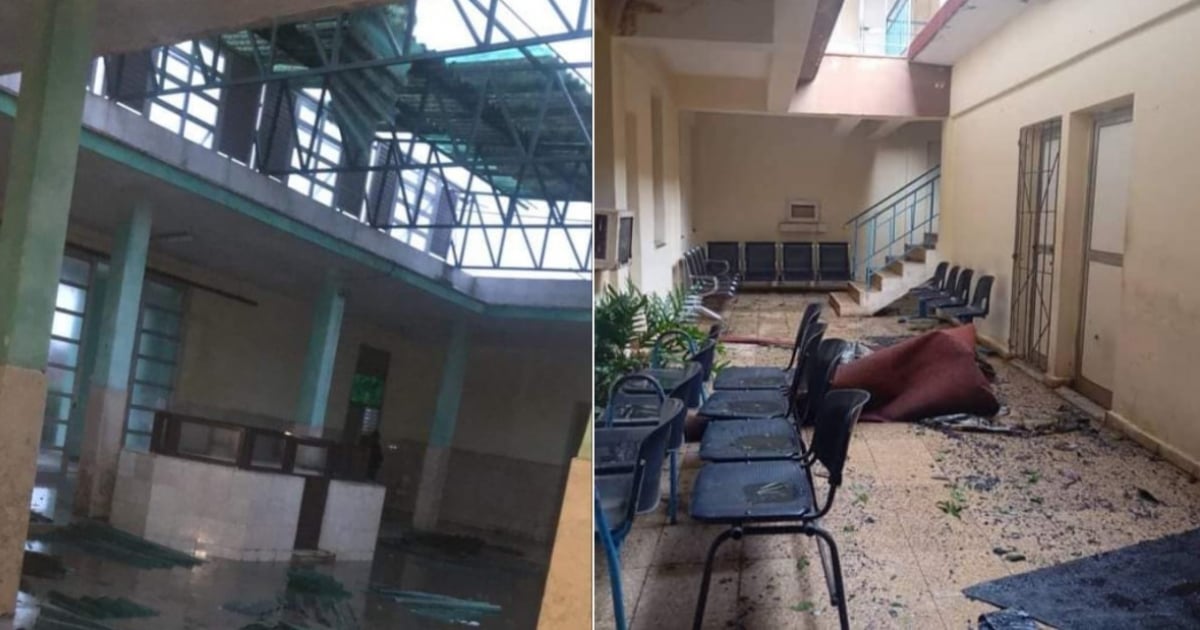
The recent passage of Hurricane Rafael through the western Cuban province of Artemisa has resulted in a severe crisis in the health sector, with a total of 119 facilities impacted across 11 municipalities.
The province accounts for 62% of the reported damages to the healthcare system nationwide, posing a serious challenge for the medical care of thousands of people in the region, according to data published by Telecentro ARTV-Artemisa on the social network Facebook.
To date, only four facilities have been recovered, representing a modest 3.3% progress in recovery efforts. Amid all this, the situation is further complicated as the area still does not have restored electric service.
Structural impact and equipment loss
The impact of Hurricane Rafael has been particularly devastating on the infrastructure of healthcare facilities. A total of 54 establishments suffered damage to their roofs, including 11 that lost their waterproof coverings, along with others that experienced issues with carpentry, glazing, and suspended ceilings, as well as problems with hydraulic systems, which are essential for the daily operation of these centers.
The lack of supplies has also severely impacted healthcare services. Fourteen centers lost elevated water tanks, which are essential for the continuous supply in hospitals and polyclinics.
Additionally, two generators and two ambulances were damaged, impacting the emergency response capacity. This is compounded by damage to electrical and air conditioning systems, which hinder the maintenance of appropriate conditions for medical care and the preservation of medications and vaccines.
Hospitals and polyclinics in critical condition
The hospitals in key municipalities such as Artemisa, Guanajay, San Cristóbal, San Antonio de los Baños, and Mariel are among the institutions most severely affected.
The intensive care areas, waiting rooms, and corridors of these centers sustained significant structural damage, which has directly impacted the care of critically ill patients and the overall functionality of these spaces.
The polyclinics in municipalities such as Bauta, Bahía Honda, Candelaria, and Güira de Melena have also reported multiple damages, including losses of equipment and infrastructure that compromise primary care and medical consultation services.
Pharmacies and nursing homes in various locations were also affected, suffering severe damage to roofs and windows, which hampers the continuity of care for elderly individuals and the supply of medications.
Recovery in progress and challenges to overcome
So far, the authorities have managed to restore the Pedro Esperón Polyclinic and three Family Medical Centers (CMF). However, the repair needs are extensive and urgent.
Emergency teams are working on restoring roofs, repairing equipment, and relocating services to ensure at least the basic operation of the most important centers in the province.
With over 90% of the facilities still in the process of recovery, reconstruction efforts must be intensified to meet the healthcare service demands in a province that continues to deal with the aftermath of Hurricane Rafael.
Around 4:20 p.m. last Wednesday, Hurricane Rafael entered the country as a Category 3 cyclone on the Saffir-Simpson scale. Later, at approximately 7:00 p.m., it exited through Cabañas Bay in Artemisa, downgraded to Category 2.
To make matters worse, the people of Artemisa have been without electricity for a week, following the widespread blackout that began last Wednesday, which the Electric Union attributed to the hurricane winds.
Six days after the passage of the storm, only 2% of the province has electricity, as reported on Monday during the National Defense Council of Civil Defense. The electrical situation remains "very complex" despite the deployment of brigades from other regions to bolster repair efforts.
What do you think?
COMMENTFiled under:

